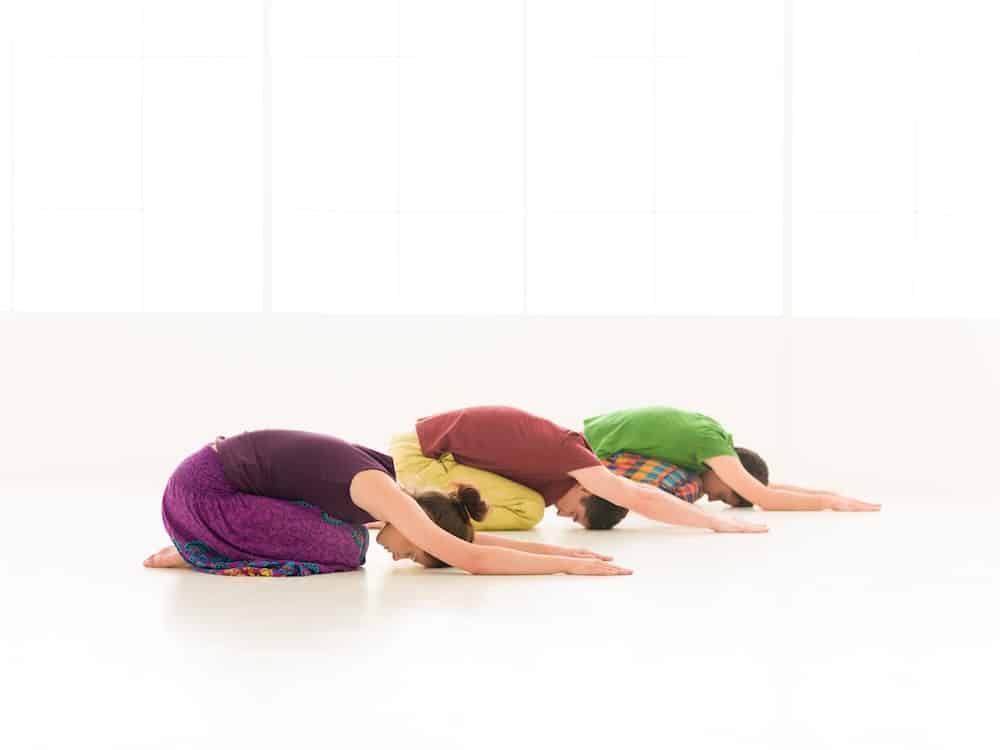Multiple Sclerosis (MS) is a chronic illness that affects the central nervous system, often leading to a range of physical, emotional, and mental health consequences. For patients living with this condition, maintaining a regular exercise routine can be challenging, yet it is essential for managing symptoms and improving overall health. A number of scholarly articles and studies published on platforms like Pubmed and Crossref have drawn attention to the critical role of physical activity in managing MS symptoms. Low-impact exercises, in particular, can help to improve balance, strength, and reduce fatigue. This article is intended to provide insights into some of the best low-impact exercises for MS patients, based on these studies.
The Role of Exercise in Managing Multiple Sclerosis
The physical and mental challenges associated with MS often leave patients feeling fatigued and weak. However, various studies have shown that consistent physical activity can help to manage these symptoms, improve overall health, and enhance the quality of life for people with MS. According to a study published in PubMed, exercise helps to improve mobility, reduce fatigue, and improve the overall health of people with MS. It’s essential to understand the role of exercise, particularly low-impact activities, in managing this chronic illness.
Dans le meme genre : Can Enhancing Indoor Air Quality Reduce Asthma Episodes in Urban Environments?
Engaging in regular exercise routines is beneficial for MS patients in various ways. For example, exercises can help to increase muscle strength, which is essential for maintaining balance and preventing falls. Moreover, physical activities help to reduce fatigue, a common symptom among MS patients. Regular exercises also promote good mental health by boosting mood and reducing anxiety and depression.
Low-Impact Exercises for Strength
Strength training exercises are particularly beneficial for people with MS. They’re aimed at building muscle strength, which can help to improve balance and mobility. A scholar article published in Crossref recommends strength training as an effective way to manage MS symptoms.
En parallèle : What Are the Benefits of Plant-Based Diets for Managing High Blood Pressure?
Resistance training, for instance, is a type of strength training exercise that involves the use of resistance bands or weights. These exercises can be adapted to individual needs and capabilities, making them suitable for people with varying levels of physical ability. Yoga and Pilates are also excellent low-impact exercises for building strength. They involve slow, controlled movements and focus on building core strength, which is essential for maintaining balance.
Low-Impact Exercises for Balance
Balance problems are common among MS patients, increasing the risk of falls and injuries. Fortunately, certain low-impact exercises can help to improve balance and coordination, thereby reducing the risk of falls. Tai Chi, for instance, is an ancient Chinese practice that involves slow, controlled movements. This exercise is excellent for improving balance, coordination, and flexibility. A study published in PubMed highlights the benefits of Tai Chi for people with MS, noting that it can help to improve balance and reduce the risk of falls.
Yoga is another excellent exercise for improving balance. It involves a series of poses that require balance and coordination. Additionally, yoga can help to improve flexibility and reduce stress, which can be beneficial for people with MS.
Low-Impact Exercises for Fatigue
Fatigue is one of the most debilitating symptoms of MS, affecting up to 80% of people with the condition. However, certain low-impact exercises can help to manage this symptom. Aquatic exercises, for instance, are particularly beneficial for reducing fatigue. A study published in Crossref shows that aquatic exercises can help to improve fatigue in people with MS. This is because the buoyancy of the water supports the body, reducing the strain on the muscles and joints.
Walking is another excellent low-impact exercise for managing fatigue. It can be done at a pace that suits the individual’s capabilities, and it’s a great way to get some fresh air and enjoy nature.
Adapting Exercises to Individual Needs
When recommending exercises for people with MS, it’s important to consider individual needs and capabilities. Not all exercises are suitable for everyone, and some may need to be adapted to meet individual needs. It’s recommended to consult with a physical therapist or a professional trainer who understands the unique needs of people with MS. They can help to develop a personalized exercise plan that takes into consideration the individual’s symptoms, physical capabilities, and personal goals.
The Psychological Benefits of Low-Impact Exercises for MS Patients
Aside from the physical benefits, regular low-impact exercises can have a positive impact on the mental health of people with Multiple Sclerosis. Anxiety and depression are common amongst patients with chronic illnesses, and MS is no exception. Stressful situations can aggravate the symptoms of MS, making stress management crucial.
Research articles on Google Scholar and PubMed Crossref highlight the psychological benefits of exercise for people with MS. Regular physical activity stimulates the production of endorphins, the body’s natural mood enhancers. These chemicals are released in the brain during exercise, leading to feelings of happiness and euphoria.
Low-impact exercises like yoga and Tai Chi are not only good for physical strength and balance, but they are also excellent for relieving stress. Both practices incorporate mindful breathing and slow, controlled movements that promote relaxation and reduce stress levels. Furthermore, these exercises encourage mindfulness, which is a psychological process where one focuses on the present moment without judgment. Research has shown that mindfulness can reduce stress levels and improve the quality of life for people with chronic illnesses.
In a systematic review published in Rehabil Doi, it was found that MS patients who engage in regular physical activity report fewer instances of depression and anxiety compared to those who don’t exercise. Therefore, incorporating low-impact exercises into a daily routine can greatly enhance the emotional well-being of people with MS.
Conclusion: The Importance of Low-Impact Exercises for MS Patients
Living with Multiple Sclerosis can be challenging due to its varied symptoms ranging from physical to emotional. However, numerous studies found on platforms like Google Scholar, Crossref Google, and PubMed Crossref have proven that regular low-impact exercises can significantly improve the quality of life of people with MS. These exercises not only enhance physical strength and balance but also alleviate common symptoms like fatigue. They even bring about psychological benefits by reducing stress and improving mood.
Exercise, specifically low-impact activities, is a vital part in managing MS. It’s important to remember that each person with MS is unique and what works well for one might not work for another. Therefore, it’s advisable to consult with a physical therapy professional who can provide guidance on the best exercises and how to adapt them accordingly.
In conclusion, while there is no cure for MS, a well-rounded approach that includes regular low-impact exercises, can make a significant difference in managing the disease’s symptoms and improving the overall quality of life. Staying active is indeed an essential part of the journey towards living a healthier and more fulfilling life with Multiple Sclerosis.






